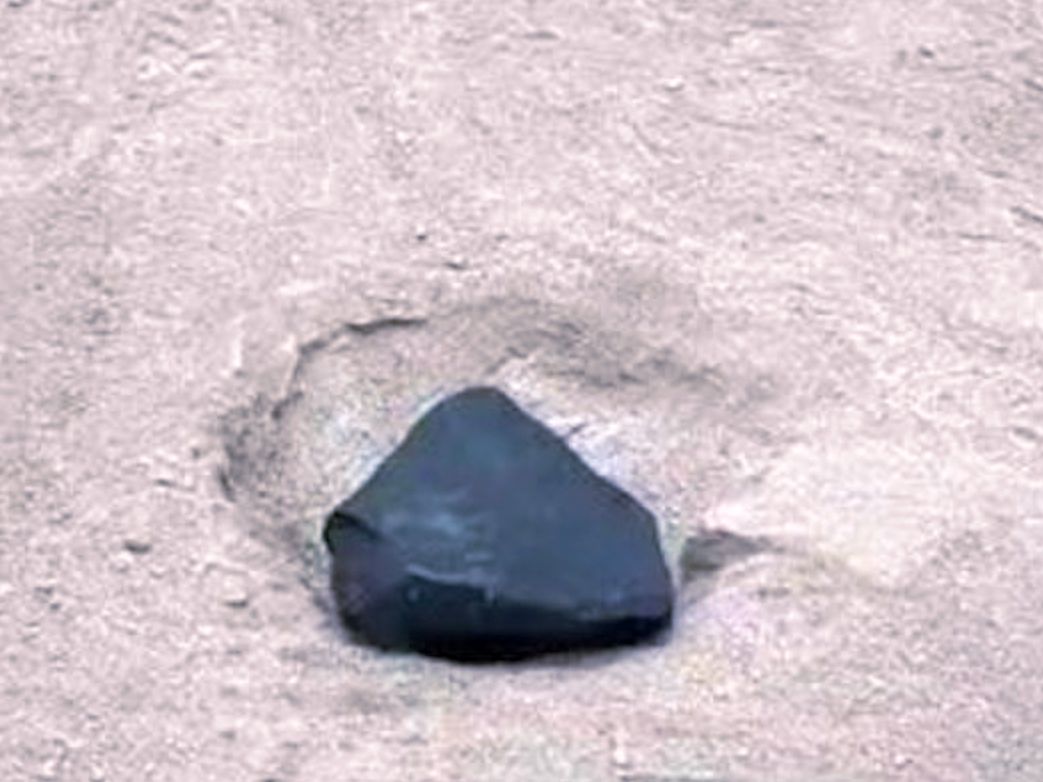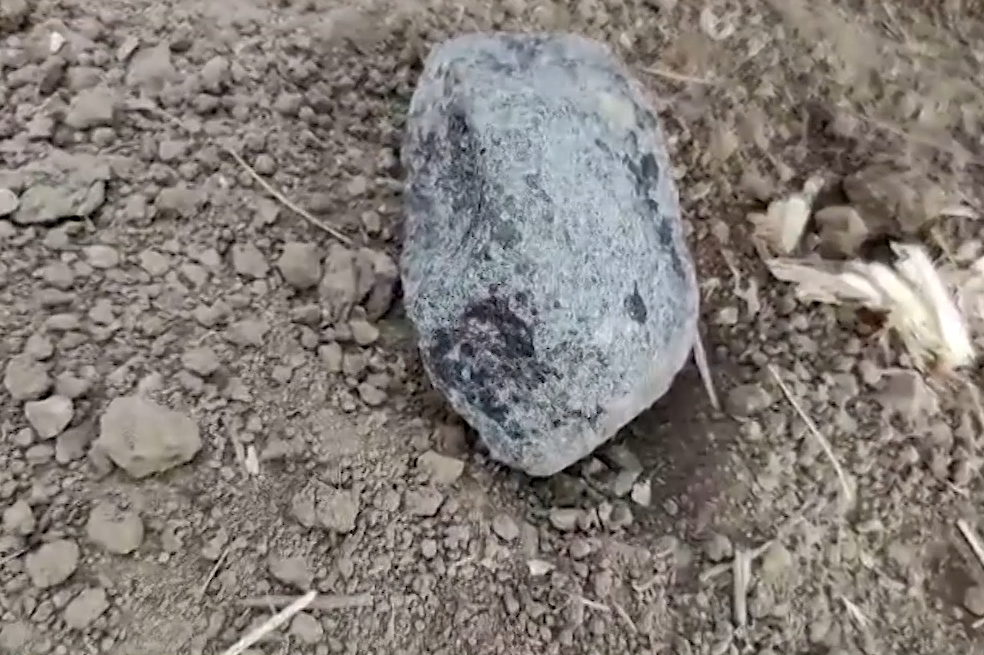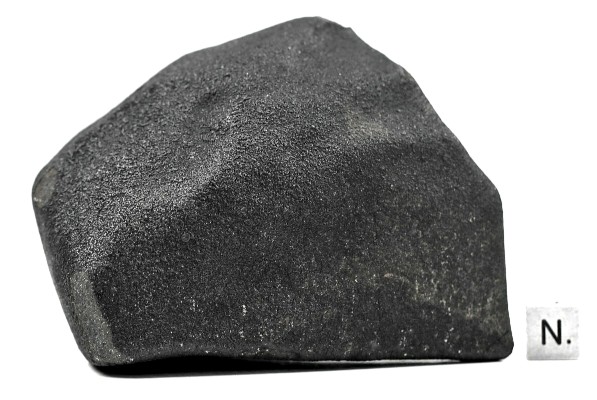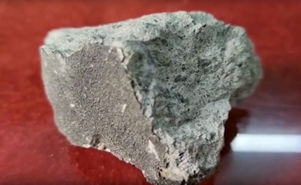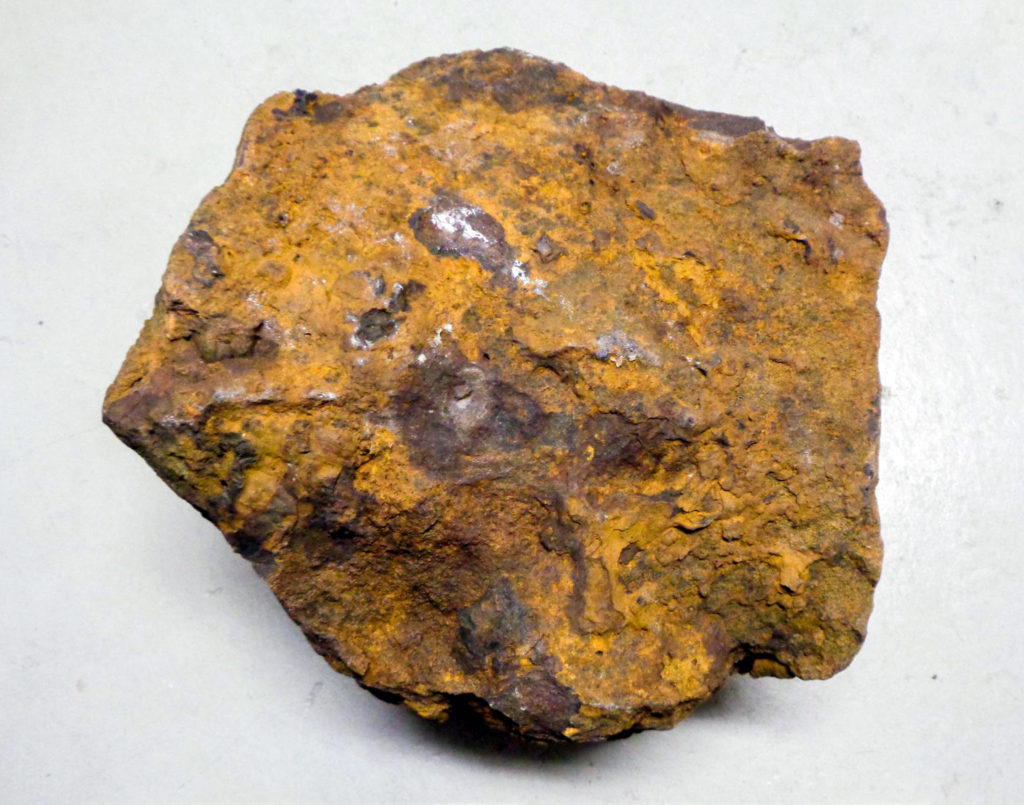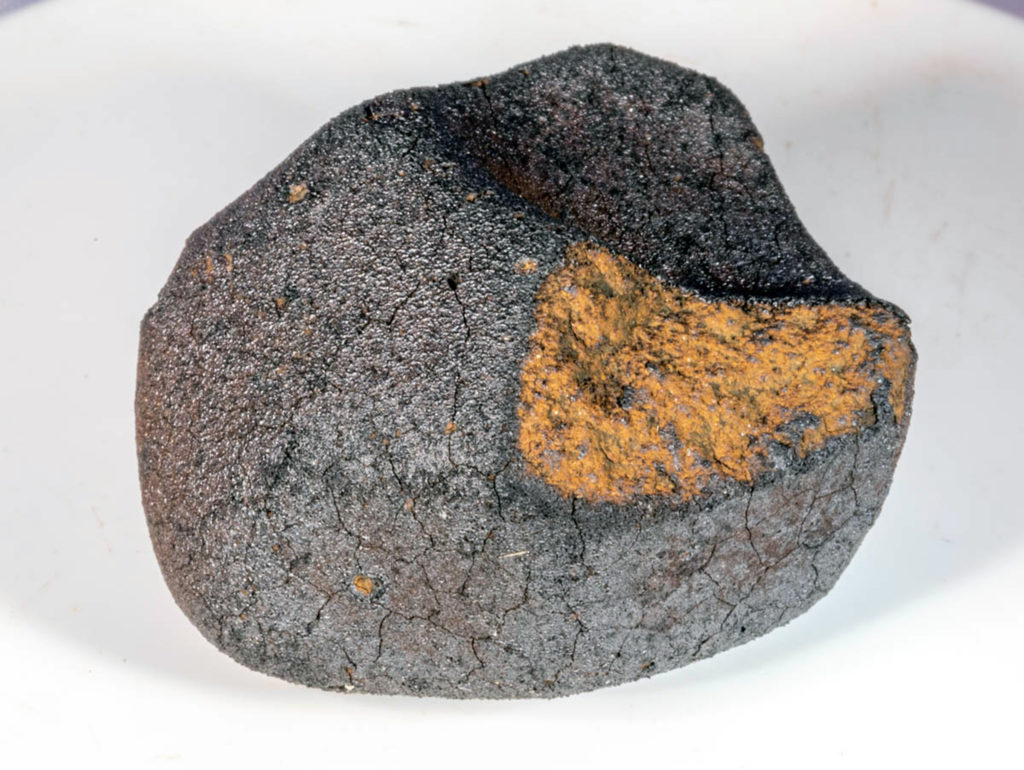Spheroidized plessite in Vaca Muerta: Formation mechanism and its implications for mesosiderites genesis and cooling history
Laura Noel García, Frederic Danoix, Martina Ávalos, Pouyan Shen, María Eugenia Varela
MAPS, Version of Record online: 08 April 2025
“The presence of spheroidized plessite (SP) in mesosiderites was recently reported in the literature. This finding coupled with the poor understanding of this plessite variant, motivated us to investigate its formation process and evaluate its implications in assessing the previous proposals concerning mesosiderites’ genesis and cooling history. SP consists of spherulitic taenite particles irregularly distributed, usually surrounded by carbides, and embedded in a kamacite matrix. It has been reported in iron meteorites containing graphite, carbides, and pearlitic plessite (PP), especially in the IAB main group and the sLL and sLH subgroups. From the combination of X-ray tomography, electron backscatter diffraction, energy-dispersive spectrometry, and atom probe tomography in three samples of Vaca Muerta mesosiderite (A1, low to moderate metamorphism) from the ICATE (Argentina) collection of meteorites, we were able to identify a common crystallographic orientation between spheroids and retained taenite, the absence of PP and the carbon depletion in the metallic portion contiguous to the spheroids, and the high volumetric connectivity of the metallic portion. Based on these findings: (i) SP likely grew at the expense of pearlite lamellae, with their absence resulting from complete consumption after an extraordinarily slow cooling rate, probably succeeding a deep burial in a breccia of rock fragments. (ii) Carbon introduction would have followed plessite formation in mesosiderites at a temperature low enough to prevent carbon solid-state diffusion. (iii) Metal would have been poured in silicates, which favors the collision model between a differentiated asteroid and a molten core for mesosiderite genesis.”

